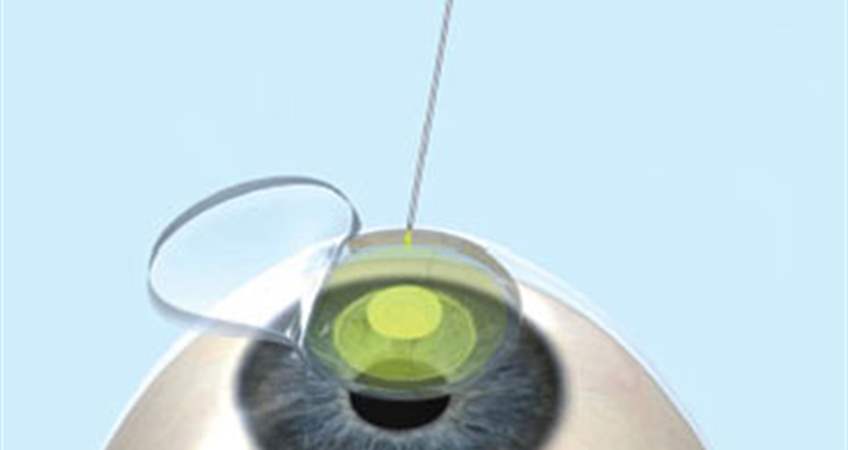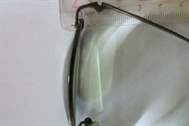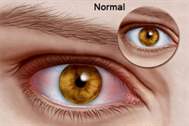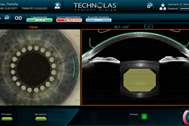Corneal Crosslinking (C3-R®), which is a newer method of treatment is aimed at stopping the progression of keratoconus Despite contact lenses enhance the vision in keratoconus; they can not stop the progression of keratoconus. They even result in micro traumas and contribute to the advancement of keratoconus. This non-surgical method uses Ultraviolet A (UVA, 365nm) beams and riboflavin (Vitamin B2). This method enhances the collagen cross links that form the natural links of cornea. Depending on UV beams, apoptosis is developed and dead cells are replaced by healthier cells. Roughly, the sick cells are eliminated enabling the formation of healthier cells.
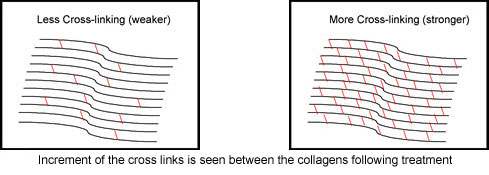
As the links are tightened the risk of corneal deformation is reduced. The amplifier effect of Activated Riboflavin over the cornea by enhancing the cross link has been proved experimentally and the clinical results were published in significant reviews. Within this method, the corneal epithelium is partially incised in to accelerate the transmission of riboflavin and increase its effect within the cornea. Afterwards, riboflavin drop is dropped on the cornea for 20-30 minutes at each 3 minutes. Following the transition of riboflavin over cornea, the cornea is subjected to UV A beams for 30 minutes. Soft lenses are put on the eye and the process is finished. Following epithelium closure the soft lens is removed the eye 2-3 days after the treatment.
The patients may continue to use their hard contact lenses or start using hard contact lenses after the cross linking treatment. It is possible to apply cross linking treatment before, after or in combination with intracorneal ring implantation as INTACS. Contact lenses or INTACS are not native for cross linking. Although both of the treatments enhance vision they are not able to stop the progression of keratoconus. The only way of treatment to stop the progression of keratoconus is cross linking. Even if it is not very effective for very advanced keratoconus cases (K max > 64 D, corneal thickness of < 390µ), it is significant for the young patients with mild or moderate keratoconus.
Complications are rare for the cross linking treatment done within the terms and conditions of office. No lens or retina damage is reported depending on the UV A beams used in the cross linking treatment.
Cross linking treatment may be applied with intracorneal rings. INTACS are implanted in the same session and also Cross linking treatment is uted.
 Türkçe
Türkçe English
English
 German
German
 Spanish
Spanish


